
The Origin of Construction Workers’ Day: The Foundations of a Celebration
If you’ve been anywhere in México during the month of May, you’ve probably noticed a decorated wooden cross at the highest point of a construction site. You’ve probably also wondered: What does it mean? Why is it placed there? Well, it turns out it’s part of a long-standing tradition in the construction industry.
Every year on May 3, México celebrates the Day of the Holy Cross. Its origins date back many centuries when Saint Helena, the mother of Emperor Constantine, traveled to Jerusalem to find the cross of Christ. After several excavations on Mount Golgotha, she found it.
![santa-cruz-by-alicia-navarrete]() The Holy Cross: The patron saint of construction workers
The Holy Cross: The patron saint of construction workers
But how did construction workers become connected to this religious celebration? Today, masons have adopted this symbol as their Patron Saint—the one they entrust themselves to and pray to for protection from accidents and mishaps during the construction process.
Although the exact origin of the celebration is unknown, it’s believed to have started in pre-Hispanic towns, where ceremonies—like those devoted to the Ceiba tree in Yucatán—were held to ensure good harvests during the rainy season, which began in May. When the Spanish colonizers arrived, these traditions blended with the Christian faith, and the practice of venerating the Holy Cross and offering prayers to it began.
When work in the fields became scarce, workers migrated to the cities, and became construction laborers, bringing with them the tradition of celebrating their patron saint every May 3.
May 3, Construction Workers’ Day
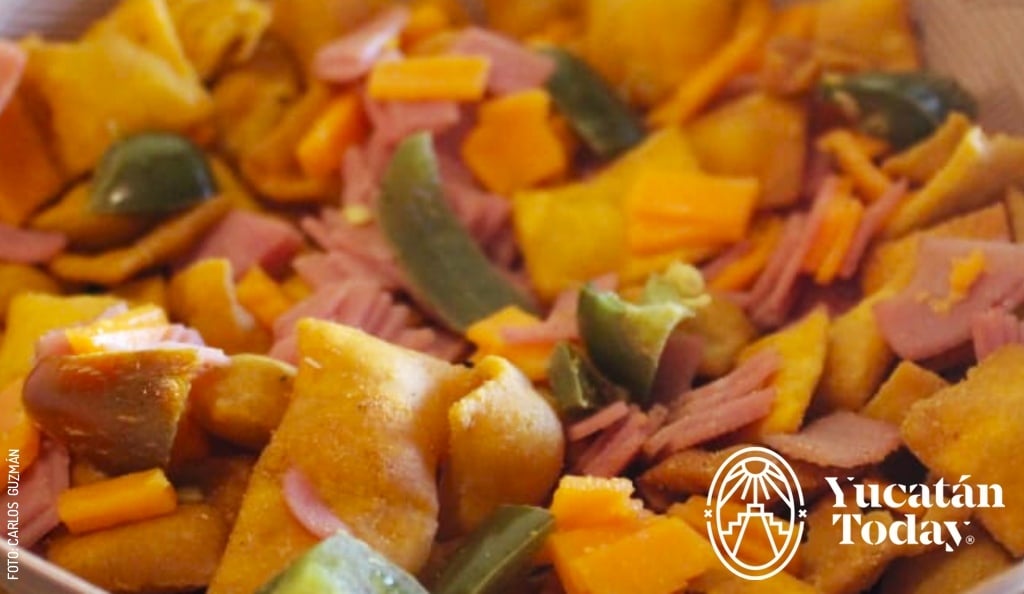
Although this traditional celebration has its roots in the Christian faith, today the Day of the Holy Cross has become a day to honor the hard work of construction workers, known in Spanish as albañiles.
The celebration on May 3 begins when a cross is placed at the highest point of a construction site, making it as visible as possible. Some crosses are rustic, made from wood and materials found on-site, while others are carefully crafted and used year after year. The tradition is to decorate the cross with flowers, whether natural or made of paper, making it colorful and eye-catching.
How Construction Workers’ Day is celebrated
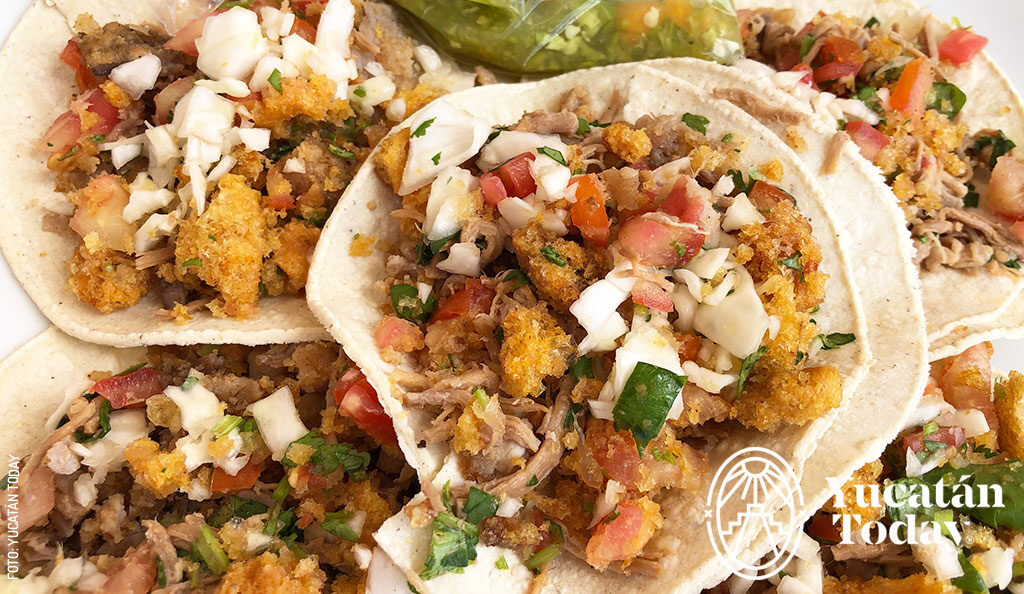
As part of the celebration, after placing the cross, a small prayer is offered to bless both the construction site and the workers, asking for their safety and the success of the project.
At noon, work at the site stops, and all the workers gather for a feast to celebrate their day. Tradition holds that the boss or project manager should host the feast because it’s believed that if they don’t, the building could “collapse”.
The dish served varies depending on the region of the country. In northern México, for example, the celebration includes tacos with grilled meat. But let’s talk about Yucatán. Here, the must-have dish is chicharra (pork cracklings) tacos, served with puyul (crispy fried pork fat bits) and topped with the classic xnipec (a mix of chopped tomato, white onion, cilantro, and Habanero pepper), accompanied by a refreshing soda or even a cold beer.
The atmosphere is filled with music, laughter, and a feast of food, where chicharra tacos are paired with the classic “builder’s snack”: charritos (corn chips) with jam, cheese and jalapeños.
The Day of the Holy Cross: A tribute to construction workers’ work
On Construction Workers’ Day, we recognize those whose hard work brings ideas to life. On this day, not only builders but also engineers, architects, project managers, material suppliers, and even chalanes (assistants) come together to celebrate and share in this joyful and traditional festivity.
More than just a celebration, the Day of the Holy Cross is a tribute to one of the oldest and most essential professions, a recognition of those who, with their effort and skills, build the world we live in.
First published in Yucatán Today print and digital magazine no. 449, in May 2025.

Author: Goretty Ramos
Feminist communicator with delusions of an artist and screen printer. Research, learn and share.
In love with Yucatan? Get the best of Yucatan Today in your email.
Don't miss our best articles and the monthly digital edition before anyone else.
Related articles
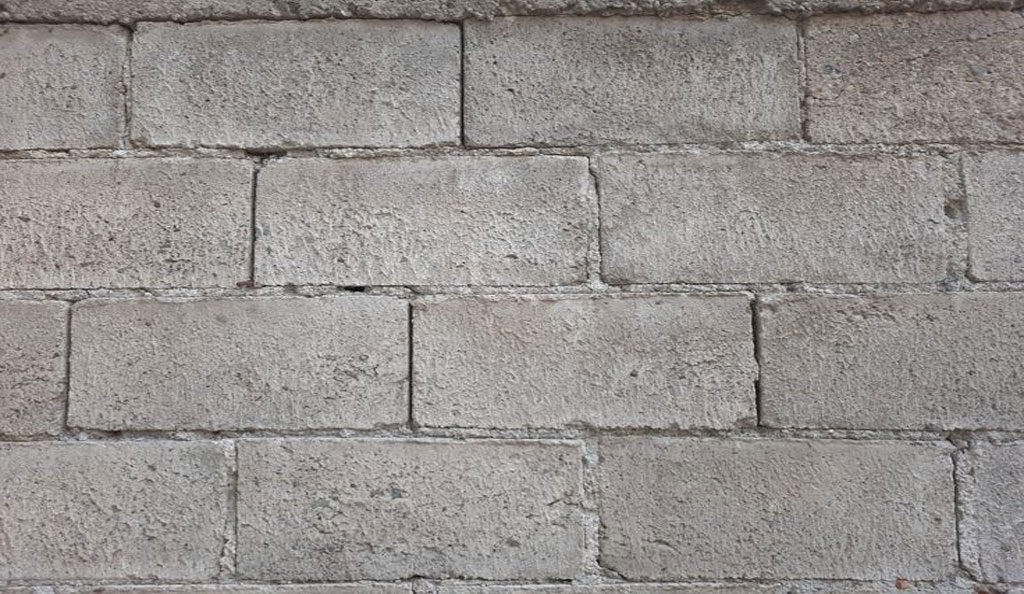
Brick by Brick: The Legacy of a Yucatecan Mason
Moisés Tun: A Yucatecan bricklayer, his legacy brick by brick. Hard work, family, and the passion for building in Mérida.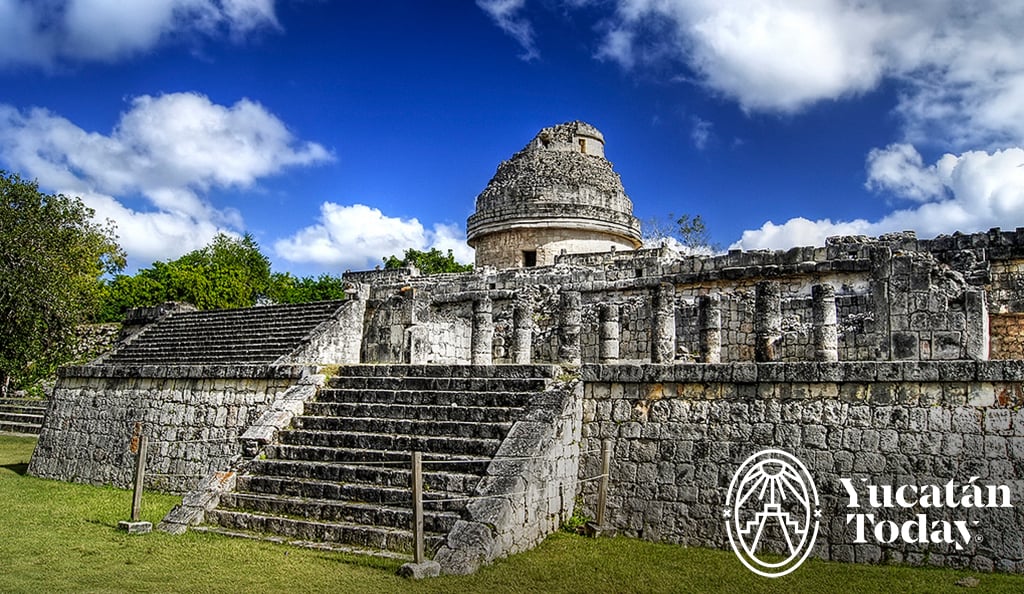
The Maya, the Sun, the Moon and the Stars
Explore the ancient Maya's astronomical brilliance in accurately tracking celestial movements and using them to shape their civilization's destiny.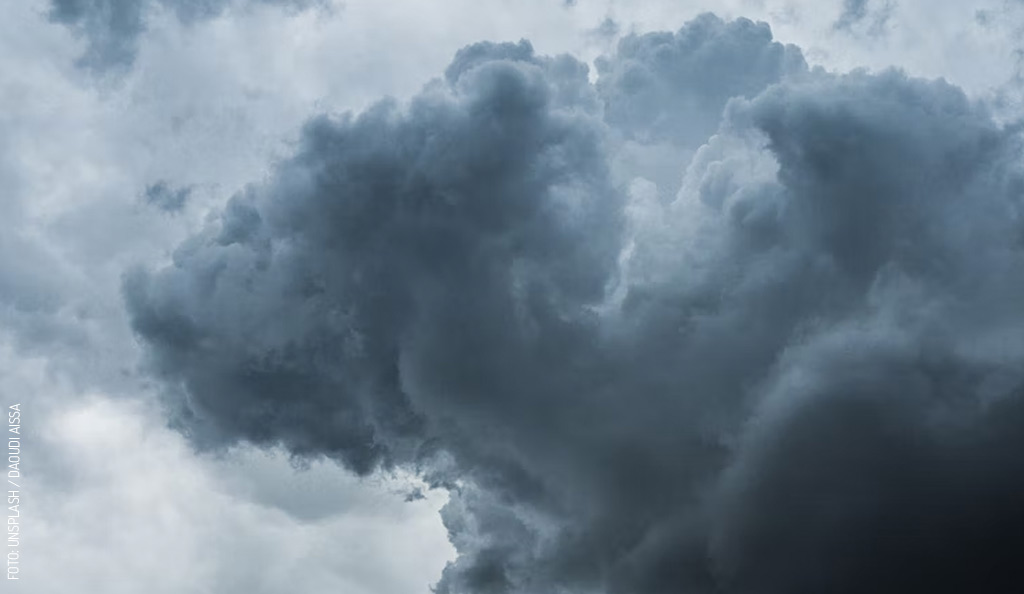


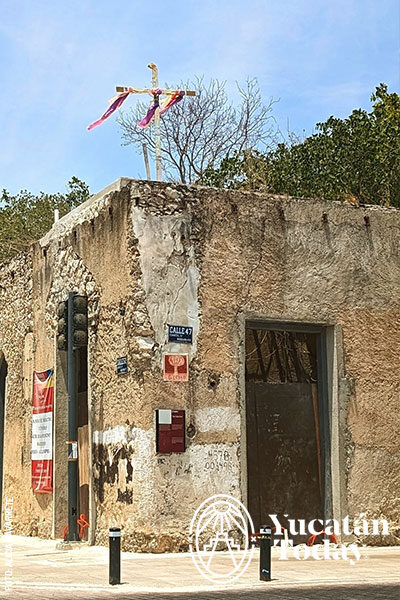 The Holy Cross: The patron saint of construction workers
The Holy Cross: The patron saint of construction workers
